I'm a farmer, a rancher or involved in an agricultural business.
Add your voice to the combined strength of more than 26,000 farmers, ranchers and families throughout the agricultural community.
I'm a supporter of the local agricultural community.
Help support the future of California agriculture and ensure high quality, locally grown food for tomorrow.
I'm a student and planning a future in agriculture.
Take the next step towards a successful future in agriculture and continue the tradition of representing farmers and ranchers across California.
If you have questions or want to join by phone, please contact us | (800) 698-3276 | cfbf@cfbf.com
California Farm Bureau protects California’s diverse farming and ranching legacy and enables the whole agriculture community to thrive.
Being part of the California Farm Bureau means adding to the combined strength of a membership that includes more than 26,000 farmers, ranchers and families throughout the agricultural community. Together, we work tirelessly to advocate and protect the future and quality of life for all California farmers and ranchers.
Join us in standing up for California’s farmers and ranchers!
Learn More
Being a member pays off. Enjoy discounts and special pricing from major business and agricultural partners.
More great content from
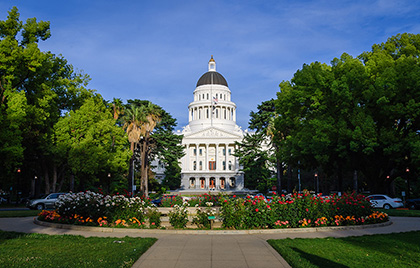
New state laws affecting farms take effect Jan. 1
Several new state laws set to take effect this week will impact agriculture in California. Beginning Jan. 1, California farmers and ranchers will see changes pertaining to employee wages, management of abandoned farmland, organic waste disposal, agritourism and immigration enforcement. As with other sectors, the cost of agricultural labor will rise as California’s minimum wage increases in 2026 from $16.50 to $16.90 an hour.
Learn more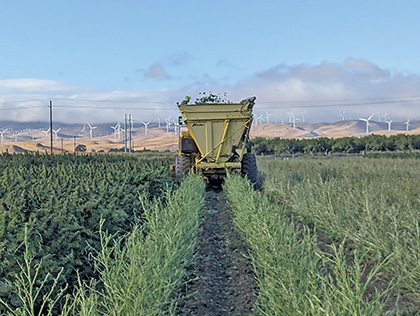
Hemp producers weigh potential fallout of new law
A new federal law that revises what qualifies as legal hemp has California growers, regulators and other stakeholders assessing what impact the changes would have on the fledgling industry. Signed into law in November as part of a broader spending package to reopen the federal government, H.R. 5371 narrows the federal definition of hemp by imposing strict limits on intoxicating hemp products. The new provisions close what Congress considered a problematic loophole in the 2018 Farm Bill, which legalized hemp.
Learn moreMore great content from
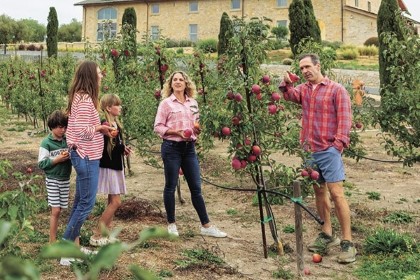
Flavor that 'knocks you off your feet'
Alison Luna recalls her pleasant surprise when she bit into an apple slice and was met with a burst of pineapple flavor. “It was very unexpected,” Luna says. “There were so many different notes, all these floral and tropical flavors coming through.” The Petaluma resident and her two children, Viva, 10, and Theo, 8, were participating in an heirloom apple tasting at Gold Ridge Organic Farms, an 88-acre orchard in Sonoma County’s Sebastopol that grows 70 heirloom apple varieties, among other crops.
Learn more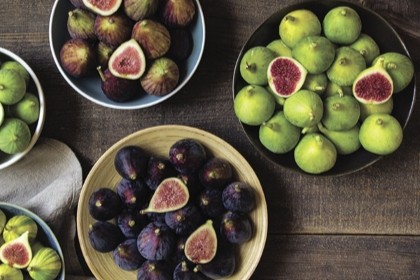
Beyond the cookie
With figs in peak season, shoppers owe it to themselves to seek out the fresh version of a fruit they most likely associate with a filling for a certain type of cookie. Most California figs still end up as dried fruit, the bulk of which is turned into paste and other food ingredients. But the fresh form—with its sweet, honeyed flavor and jam-like center—is increasingly showing up in fresh culinary takes on familiar dishes.
Learn more
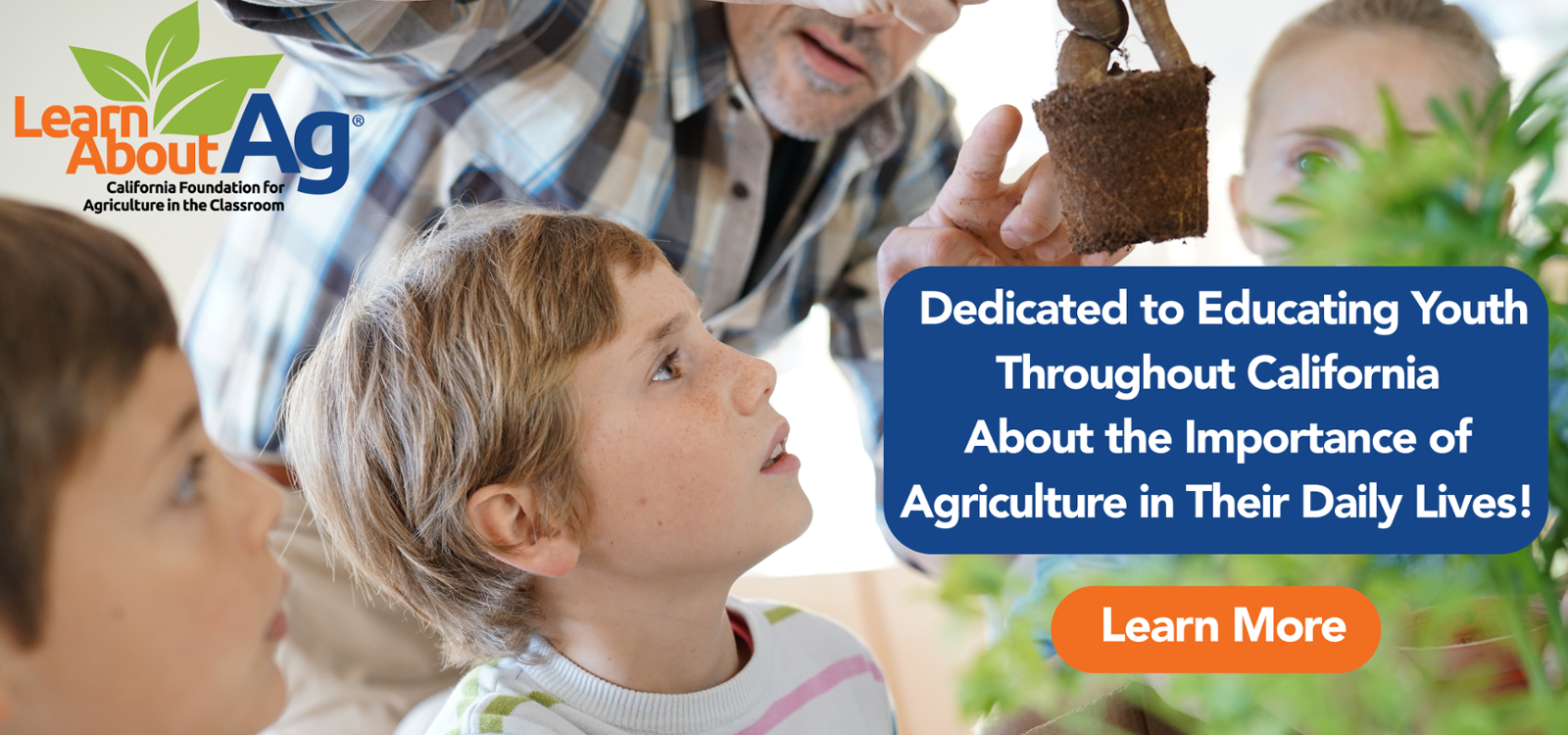

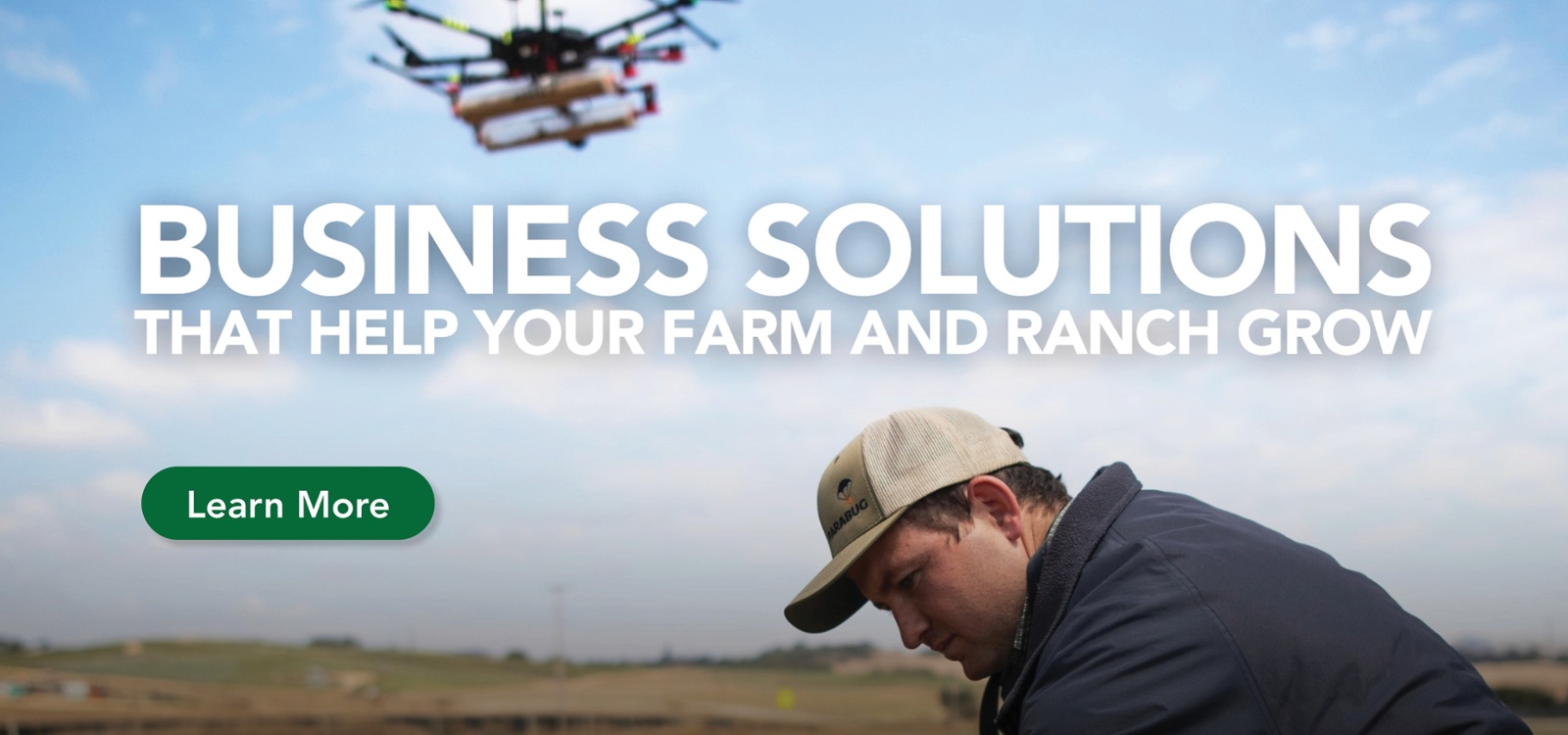
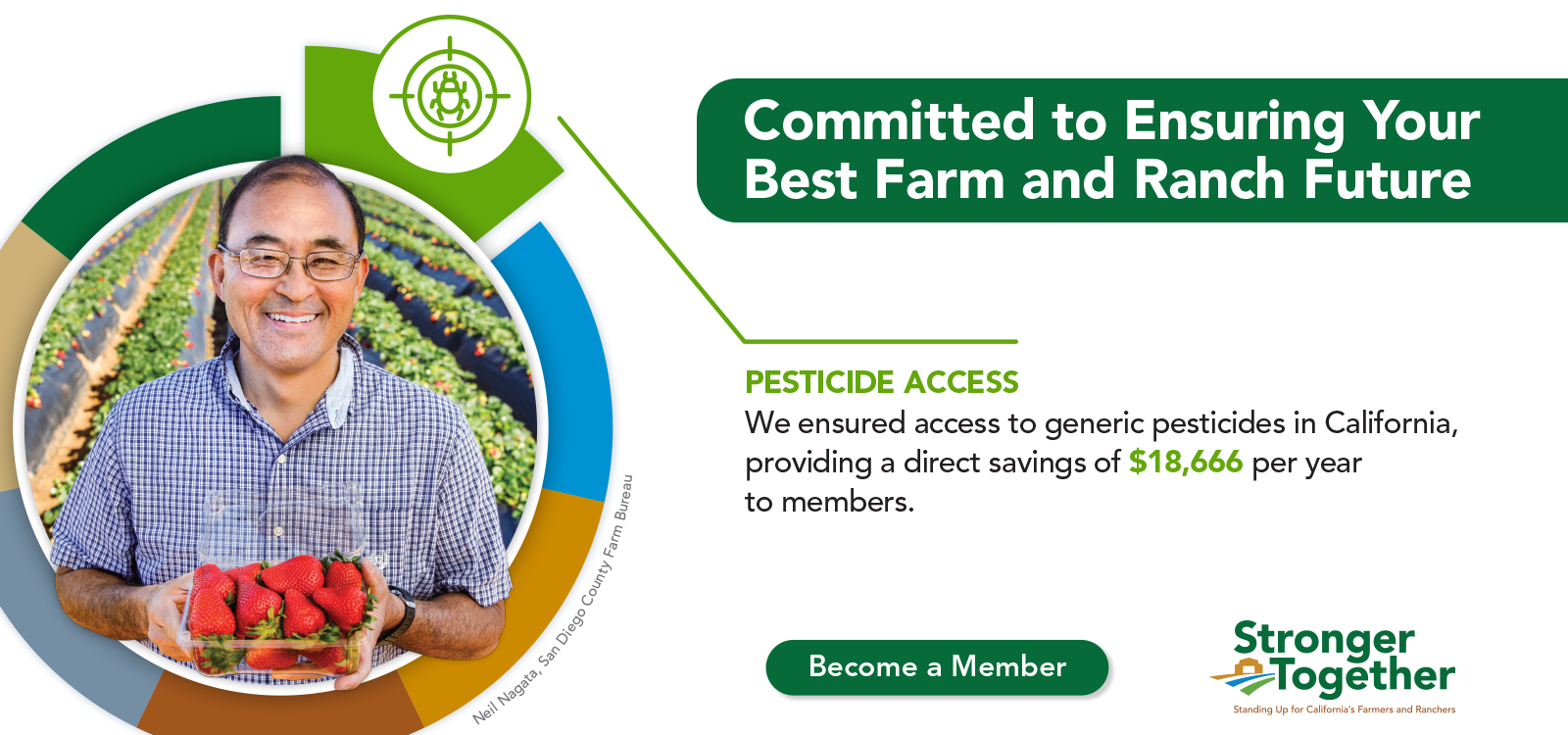
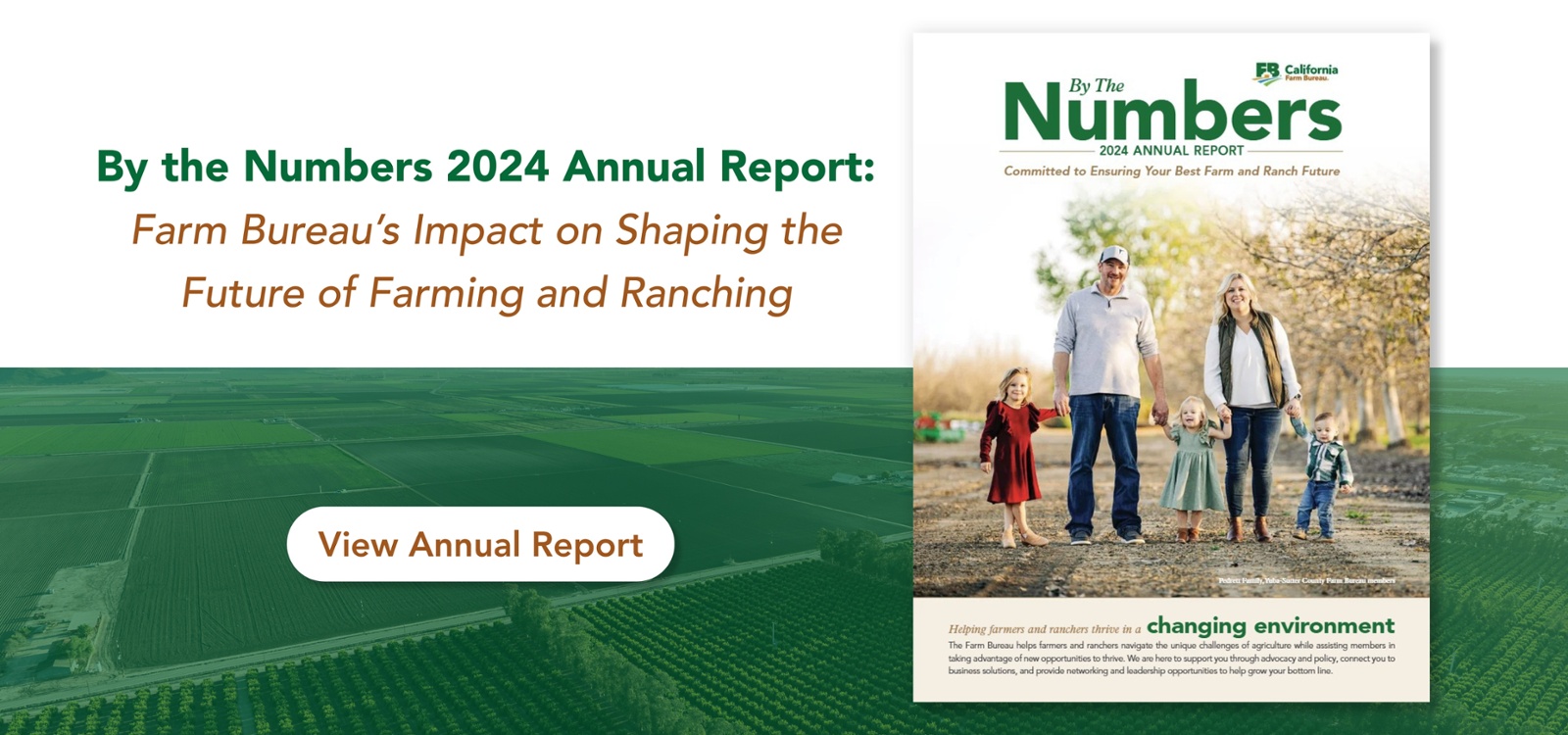
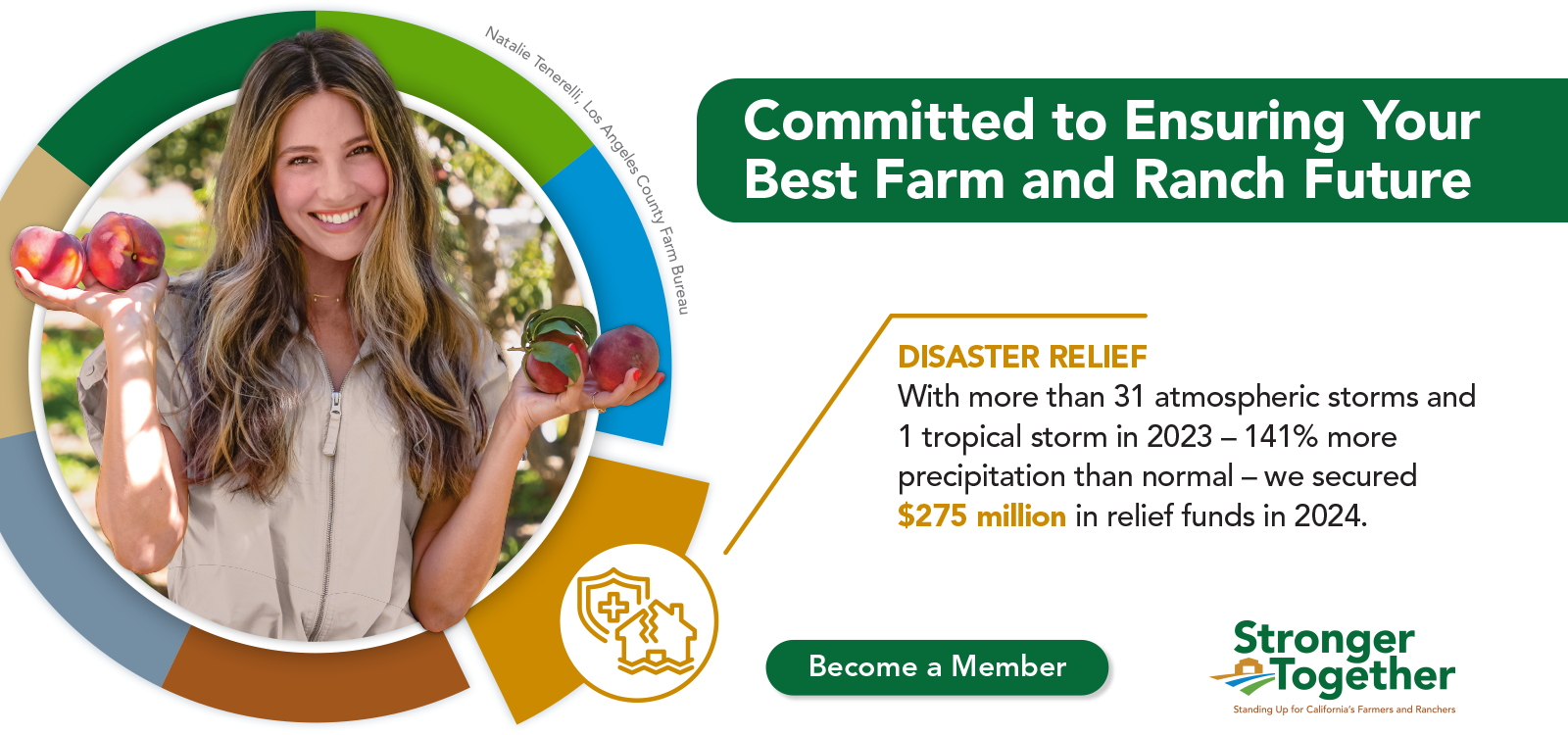

.png)

.png?cacheid=0.2422694530273417)
.png)



.svg.png?cacheid=0.9616018850896426)